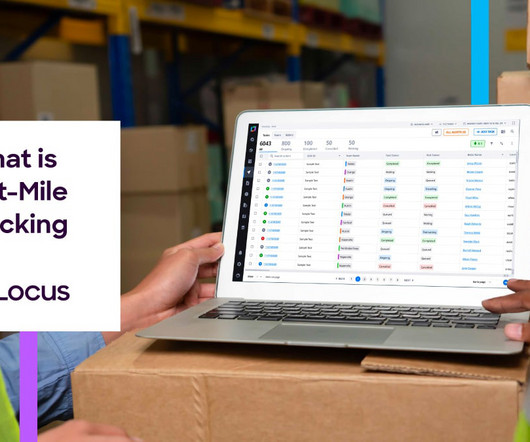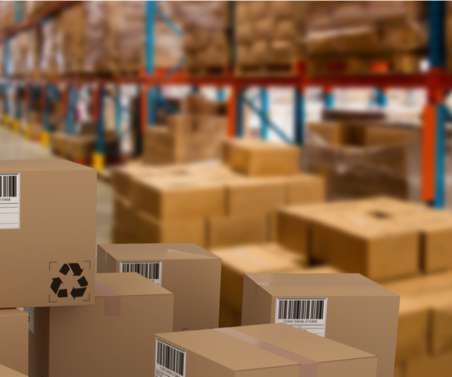Logistics Bureau Supply Chain and Logistics News Roundup, July 2022
Logistics Bureau
JULY 25, 2022
As part of our ongoing commitment to keep our blog readers updated on what’s happening in the supply chain and logistics world, we’re launching a regular industry news roundup, which we’ll release periodically. Increased near-shoring in Mexico and elsewhere as companies seek shorter supply chains.
















Let's personalize your content